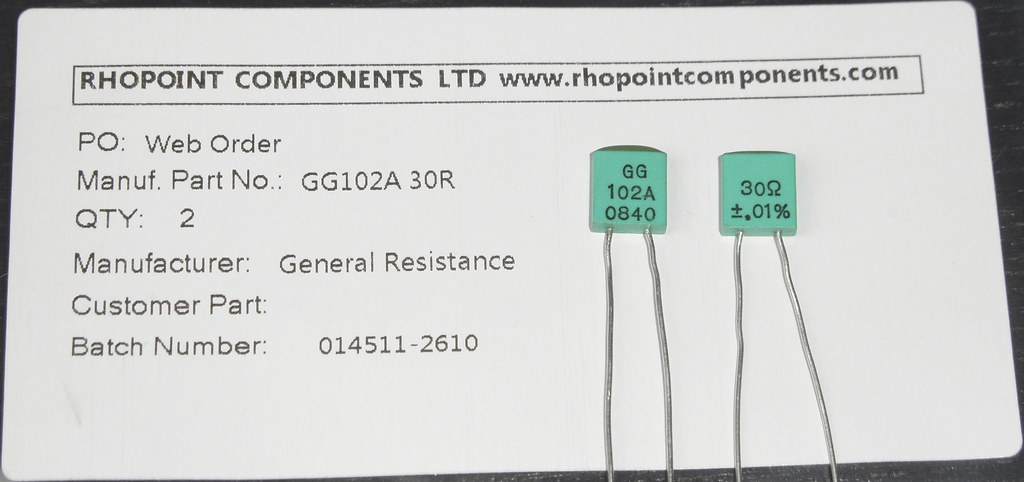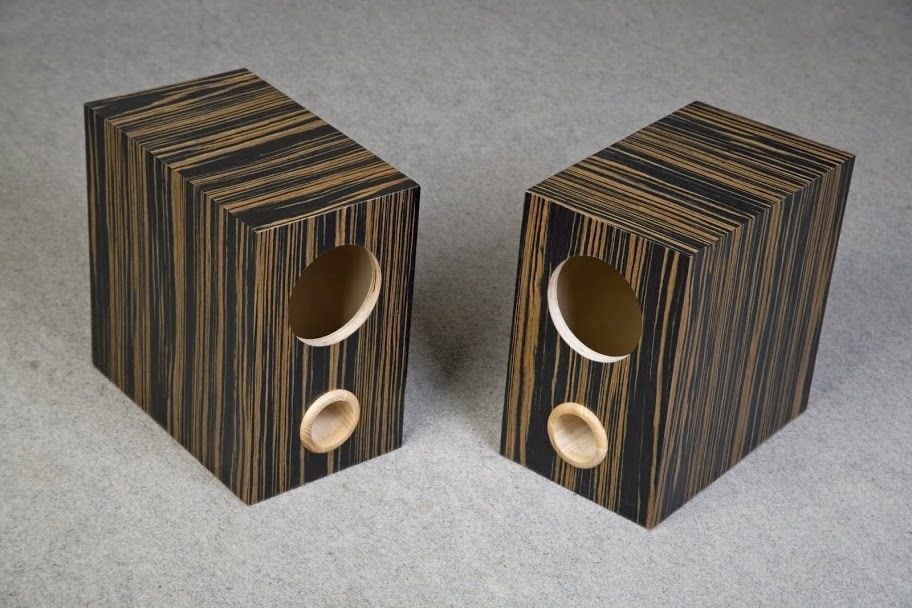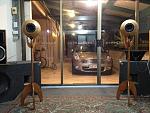This is in response to several recent emails I've received, where people were having problems with, typically, one board having a bad V+ or V- regulated voltage output.
The number of cases relative to the number of boards shipped caused me to worry that a manufacturing error might have occurred, so at my request I had a customer return the phonoclone boards he had built to me for inspection.
I'm happy to report that the problem was traced to poor soldering technique, the boards themselves are fine. What had happened was solder had cooled before the component had fully settled, and pushing the component down to the board surface then tore the trace away from the bottom of the board, breaking the circuit.
Subsequently, thinking the transistors blown, he replaced them, doing a fair bit of damage to the pads of Q1, Q2.
Fortunately, I was able to fairly quickly set everything to rights, and the boards are now on their way back to him....

















